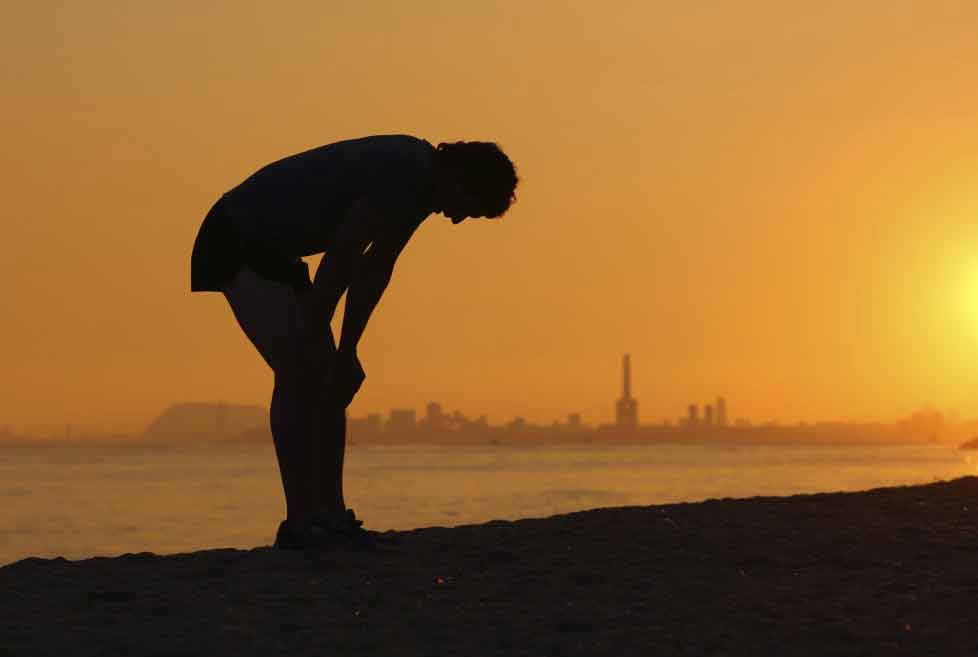By: Dr. Azizur Rahman
The scorching heat of summer poses a threat to our health. Increased temperature, dehydration, food poisoning, sunburn, typhoid, etc., can lead to diseases, physical complications, and heat stroke.
What is heat stroke?
Before learning about heatstroke, we must familiarize ourselves with the term hyperthermia.
In medical terms, hyperthermia refers to some physical complications caused by an abnormal increase in body temperature.
A person suffers from hypothermia when his body’s thermoregulatory system is affected by some external factor, increasing the body’s internal temperature.
Now let’s talk about heat stroke. Heatstroke is just a form of hyperthermia or heat-related physical complications, which can affect the vital organs of the body as well as our nervous system.
Heat cramps and heat exhaustion are among the two more forms of hyperthermia.
However, experts claim that heat stroke is relatively more dangerous than these two physical complications because the risk of immediate death of a patient suffering from heat stroke is high if proper first aid is not given.
What are the causes of heatstroke?
1. Body heat prevents cooling
Metabolism generates a lot of heat inside our bodies. Because of this, our body cools the body by reducing that heat in two processes
Either by spreading the generated heat across the skin, or
Produces sweat. But under certain external conditions, the body is hindered in this cooling process, Such as through physical training or activities in extreme heat, high humidity or intense sunlight.
Due to these reasons, our body temperature is likely to increase to a dangerous level. The most serious situation occurs when the body temperature of a person suffering from heat stroke rises to 104 degrees Fahrenheit or 40 degrees Celsius.
2. Exposure to extremely hot environments
There is a type of heatstroke known as non-exertional or classic heatstroke.
A person can suffer from classic heatstroke due to prolonged exposure to hot and humid weather. It is more likely to occur in the elderly, adults and those suffering from long-term illnesses.
3. Strenuous physical exertion and activity
In the case of Exertional heat stroke (Exertional heat stroke), a person’s hard physical work or exercise is mainly responsible.
A person can suffer from this type of heatstroke, usually due to frequent physical exertion in extremely hot environments.
But yes, the risk of getting heat stroke is relatively high for those not used to work or activity in such an environment.
4. Dehydration
Dehydration and heatstroke are usually closely related.
When our body becomes dehydrated due to excessive sweating due to high altitude or hard work, the patient may suffer from heat stroke if the correct amount of fluid is not taken on an urgent basis.
5. Wear heavy clothes
Generally, wearing thick, heavy clothes can increase body temperature and cause heat stroke.
6. Alcohol consumption
Excessive drinking and alcohol consumption can also affect our body’s temperature regulation.
Risk factors for heatstroke;
1. Age How well our body can survive heat stroke depends on the ability of our body’s central nervous system (central nervous system).
Considering this aspect, it can undoubtedly be said that age is a very important factor in heatstroke. Because, with the variation of our age, the power of the central nervous system also varies.
2. Sudden exposure to hot weather. If the temperature rises suddenly in a place or if a person suddenly travels to a hot summer country or place, the person may experience heatstroke or other heat-related illnesses due to the hot weather and climate.
3. People who usually work hard, especially sportspeople, athletes or gymnasts, are not immune to heatstroke.
4. Although ceiling fans provide temporary relief in hot weather, air conditioning is relatively better for scorching environments, as it not only cools the room by reducing the temperature but also reduces the humidity to relieve the body.
5. Certain physical complications.
The main symptoms of heat stroke are:
Some of the heat stroke symptoms that are considered important are as follows:
dizziness
headache
Fatigue and weakness
Dry skin, hotness, loss of skin moisture
Absence of sweat despite the extreme heat
Nausea and sometimes vomiting
As the body temperature rises, the skin turns red
Breathing is rapid and shallow, i.e. irregular
Rapid heartbeat, which can be either strong or weak. This is because, due to extreme heat, our body needs to cool down, affecting the heart.
convulsions
muscle weakness
Sudden changes in mental status and behaviour such as mental confusion, anxiety, hallucinations, slurred speech, irritability, coma, etc.
Physical complications after heat stroke
The type of complication can be fatal depending on how long the body temperature remains. For example:
Damage to vital organs, swelling of limbs
The nervous system is affected
Move the affected person to a shaded, cool place
Remove excess warm clothing from the body
Applying ice to the groin, armpit and other hot places of the body
Elevate the person to a cool room
Cooling the affected person by any means, reducing the body temperature – this can be by placing a towel soaked in cold water on the head or neck or by taking a bath or shower with cold water.
The body should be sponged with a towel soaked in cold water until the body temperature drops to normal.

